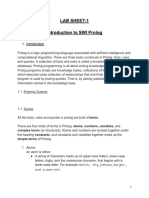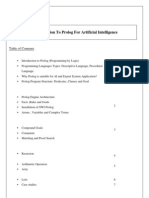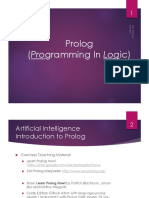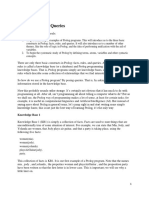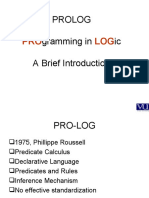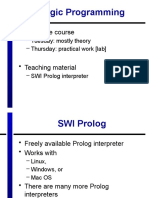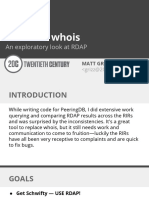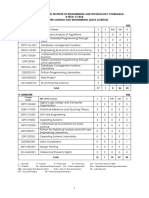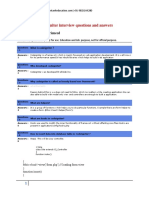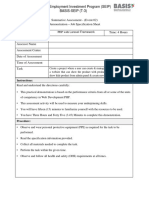0% found this document useful (0 votes)
58 views14 pagesSwi Prolog Tutorial
The document is a tutorial on SWI-Prolog, explaining the structure of Prolog programs which consist of facts and inference rules. It describes how to create a knowledgebase, make queries, and connect to the knowledgebase using the SWI-Prolog application. Additionally, it provides examples of queries and resources for further learning.
Uploaded by
juliawhessCopyright
© © All Rights Reserved
We take content rights seriously. If you suspect this is your content, claim it here.
Available Formats
Download as PPTX, PDF, TXT or read online on Scribd
0% found this document useful (0 votes)
58 views14 pagesSwi Prolog Tutorial
The document is a tutorial on SWI-Prolog, explaining the structure of Prolog programs which consist of facts and inference rules. It describes how to create a knowledgebase, make queries, and connect to the knowledgebase using the SWI-Prolog application. Additionally, it provides examples of queries and resources for further learning.
Uploaded by
juliawhessCopyright
© © All Rights Reserved
We take content rights seriously. If you suspect this is your content, claim it here.
Available Formats
Download as PPTX, PDF, TXT or read online on Scribd
/ 14

